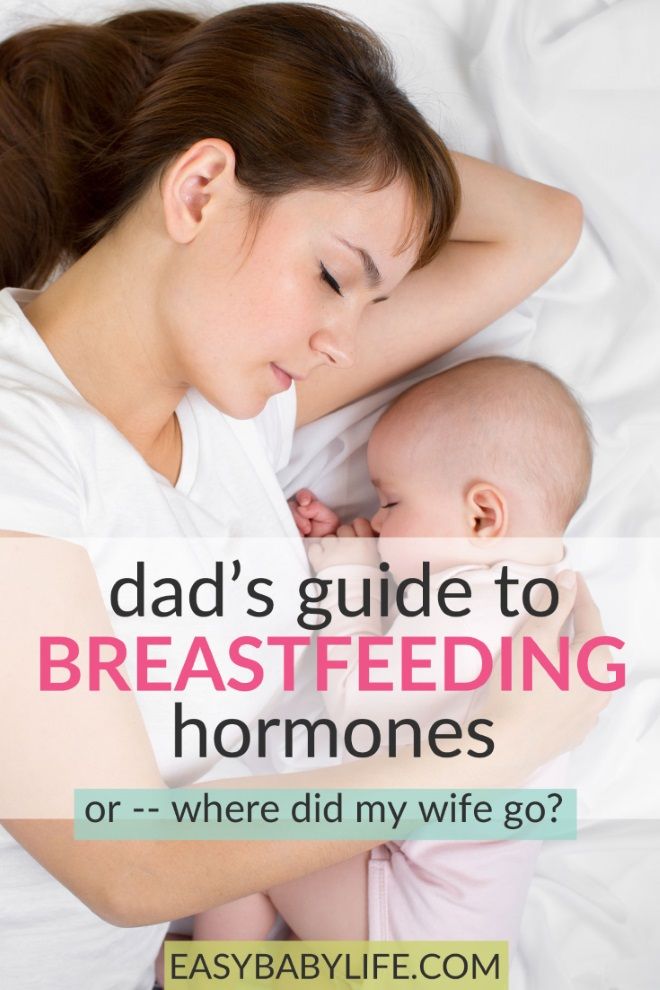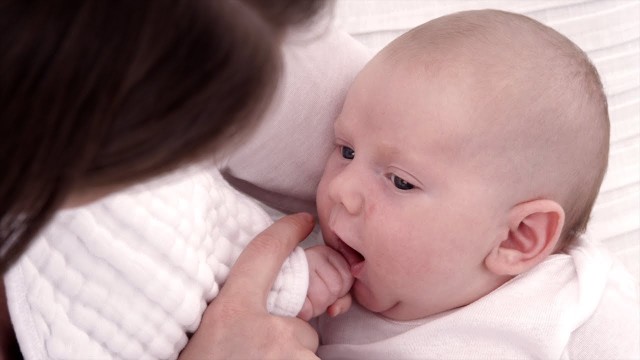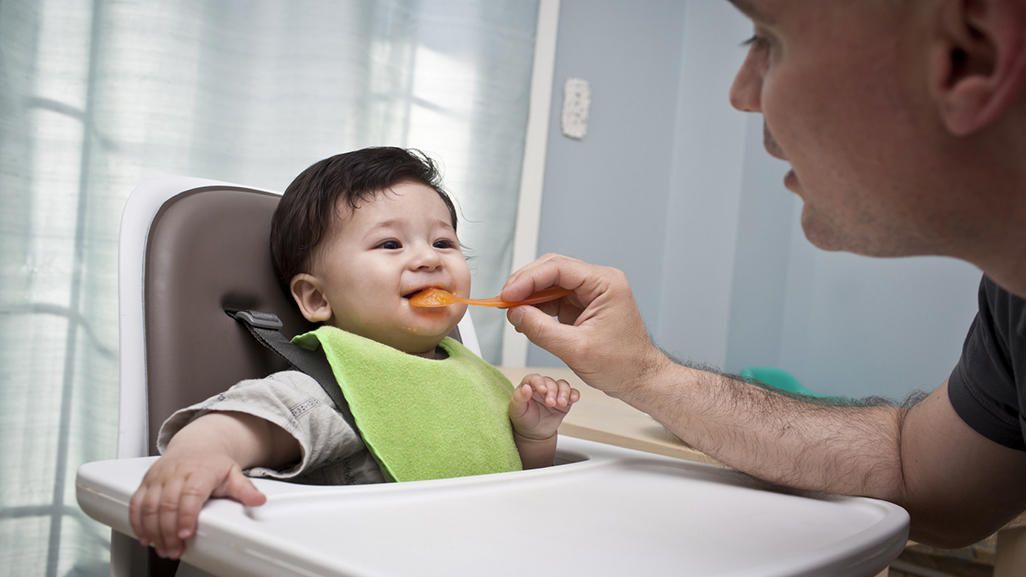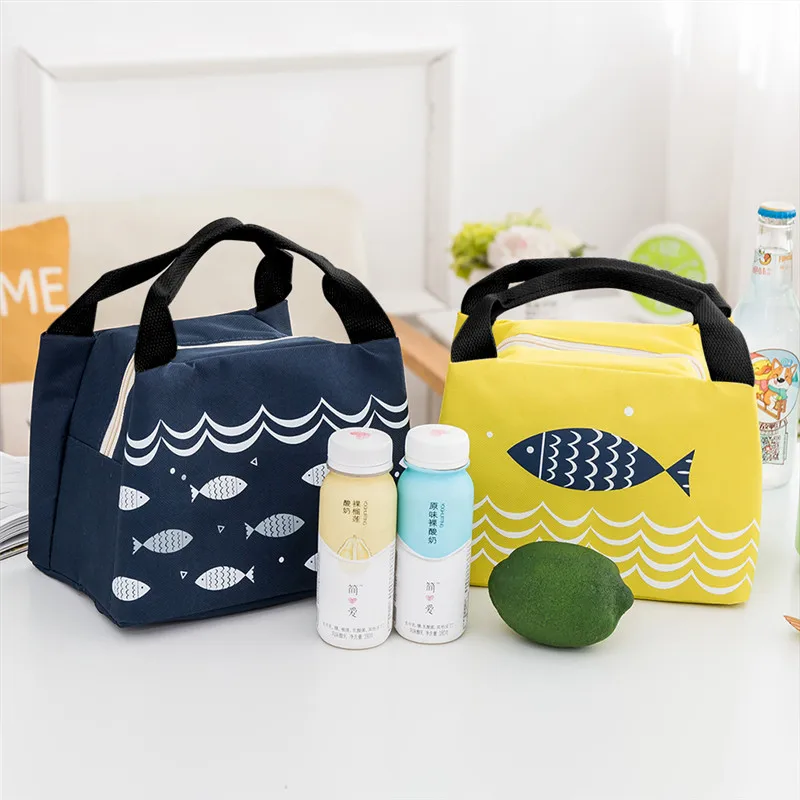Junk food baby size chart
How Big is my Baby? The Fruit-to-Fast-Food Conversion Chart You've Always Wanted — MKHAMMER
I'm Mary Katharine Ham. I talk about politics, but I like other things, too. I try not to be a blowhard.
September 11, 2015 / Mary Katharine Ham
Every pregnant woman has been there. You've just found out you're expecting and you stumble on one of those "How Big is My Baby?" lists, informing you just how big your little bundle is from week to week. Each of these lists is seemingly required to be composed almost entirely of obscure seeds, fruits, and vegetables of whose size you are quite uncertain, some of which you can barely look at, let alone stomach, while pregnant. This list is different. This is a pregnant woman's list, for pregnant women, by a pregnant woman*. This is how big your baby is in junk foods. Enjoy, and I apologize in advance for triggering cravings you have to run out and satisfy today! (This list was compiled with the help of the Parents, BabyCenter, and Bump lists, Flickr Creative Commons, and a giant assist from my hormones. )
Poppy seeds and fry.
In the 4th week, your baby is about the size of that grain of salt on your waffle fry. Like, a visible grain. Maybe a nice Kosher salt. It's implantation week, and your little grain is hanging out in the uterine wall, 'bout to get some nutrients.
Sesame seed.
This is the only comparison I will allow, as a sesame seed is an important feature of the hamburger bun— important enough that it's even featured in the classic McDonald's jingle about the Big Mac. There's not much better junk-food cred than that. In the 5th week, your sesame seed is making some serious headway, beginning to form a brain, spinal cord, and circulatory system.
Lentils and Nerds.
In the 6th week, your baby is about the size of a Nerd.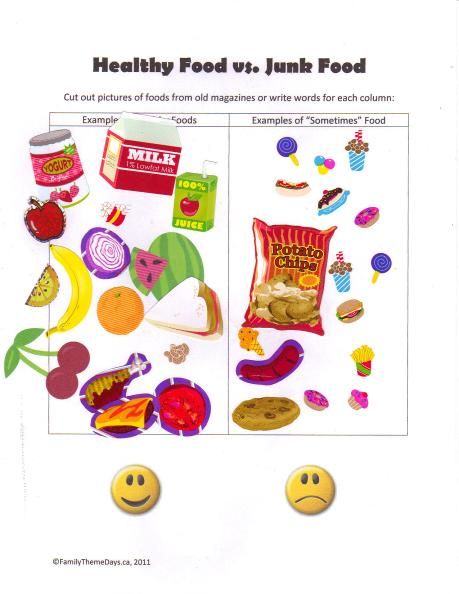 Just four weeks from conception, the baby's neural tube closes, and the heart is pumping blood.
Just four weeks from conception, the baby's neural tube closes, and the heart is pumping blood.
Blueberries and Skittles.
In the 7th week, your baby Skittle has a head and nostrils and is forming paddle-like arms and legs. (This comparison goes out to my friend Jenna Kim Jones, who loves the Skittles and is expecting her own Skittle very soon!)
Kidney beans and Jelly Bellys.
In the 8th week, your little Jelly Belly (one can hope it's not that heinous popcorn flavor) is starting to have visible eyes, fingers, and toes, and straightening out of the C-shaped curve of the very early days of development.
Grapes and gumballs.
In the 9th week, your baby is about the size of a gas-station gumball you used to get for a quarter. Do they still cost a quarter or do children just order them with their AMEX on the Uber-for-gumballs app? In this week, your baby will grow arm bones and toes, and may be 3/4 of an inch long.
Do they still cost a quarter or do children just order them with their AMEX on the Uber-for-gumballs app? In this week, your baby will grow arm bones and toes, and may be 3/4 of an inch long.
Kumquats and tater tot.
In the 10th week, your baby is the size of a delicious tater tot you just picked up at Sonic. Your little tot's head is looking more distinct from his body and he may be about an inch long.
Figs and Reese's.
In the 11th week, your baby is about the size of a Reese's cup! The little one might be as much as 2 inches long and weigh 1/4 of an ounce, and her head, though becoming more proportionate, is still about the same size as the rest of her body combined.
Limes and sorbet.
Welcome to week 12! In this week, your baby is about the size of one of those little scoops of sorbet you get at a fancy restaurant and think, "This is all I get for $8.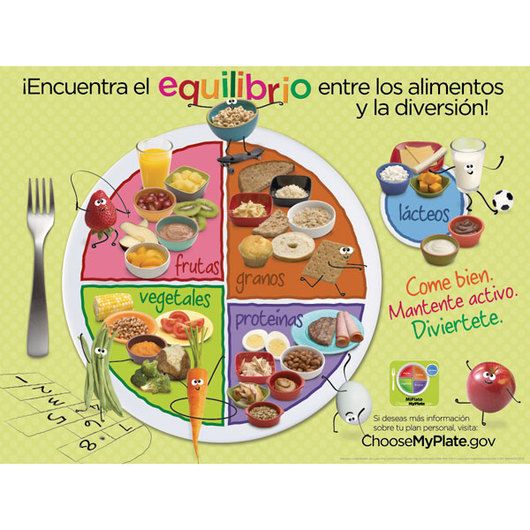 50?!" Weighing in at about 1/2 an ounce, the baby has formed most of her major systems and will now start to grow fast. Her profile, if you catch it on an ultrasound, is fit for fridge-hanging and framing.
50?!" Weighing in at about 1/2 an ounce, the baby has formed most of her major systems and will now start to grow fast. Her profile, if you catch it on an ultrasound, is fit for fridge-hanging and framing.
Peapod and McDonald's fries.
In week 13, you're in the homestretch of the 1st trimester, and with luck, any nausea you've experienced is sloping off. Meanwhile, your baby is about the size of a modest mouthful of McDonald's fries. He is getting vocal chords and fingerprints and is almost 3 in. long.
Lemon and McNuggets.
In week 14, your baby is about the size of a Chicken McNugget. He now weighs more than an ounce, and has grown the layer of peach-fuzzy hair all over him that will help regulate his temperature in the womb.
Apple and ice cream.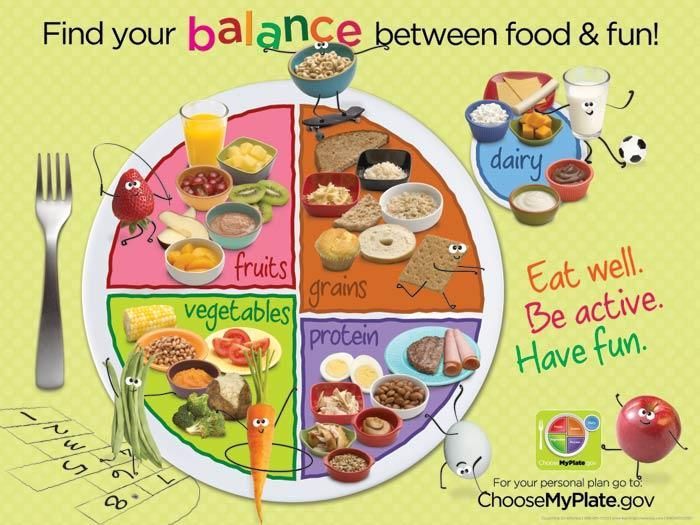
In week 15, you are solidly in the 2nd trimester and your baby is now the size of the Baskin Robbins scoop you would serve yourself if they'd give you the damn ice cream scoop already! Gone is that tiny sorbet scoop of the 1st trimester, and your little one is now moving around in there, even if you can't yet feel her.
Avocado and cupcake.
In the 16th week, your baby is about the size of a cupcake. Your baby is about 4.5 in. long and weighs in at more than 3 oz. She may be able to hear your voice now and has a fully formed umbilical cord.
Pear and buttermilk biscuit.
At 17 weeks, your baby is about the size of a biscuit. A flaky, buttery biscuit. She is busy putting on weight and you may feel her hiccuping.
Bell pepper and candy apple.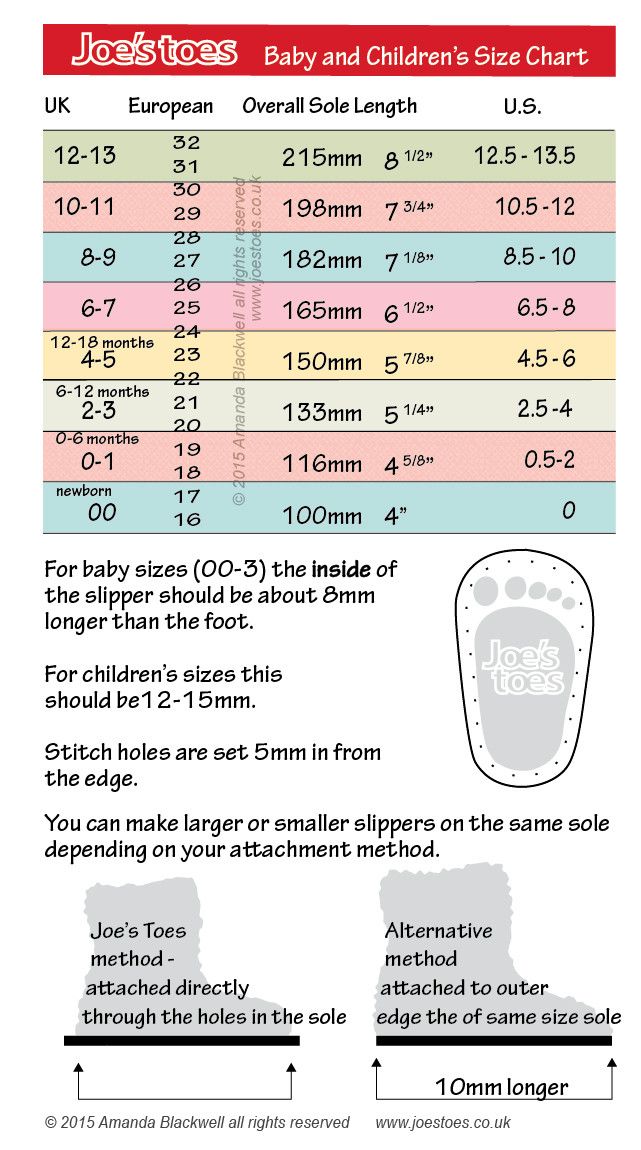
In week 18, your baby is about the size of a candy apple, which I probably wouldn't even mention except it's fair season right now, so if I trigger a craving, you could actually go find one. Wait, come back and finish this post first! At more than 5 inches and over 6 oz., you may now feel this kid kicking if you haven't already.
Heirloom tomato and Big League Chew.
Yes, I made your 19-week-old in utero baby into a politically incorrect candy of the '80s. Embrace your nostalgia! Are you pumped to find out this little pouch of bubble gum's gender? You're creeping up on your halfway mark and the next big ultrasound.
Banana and Doritos taco.
In the 20th week, you are halfway done and your Doritos Locos Taco-sized baby has fully formed taste buds and weighs in at more than 11 oz.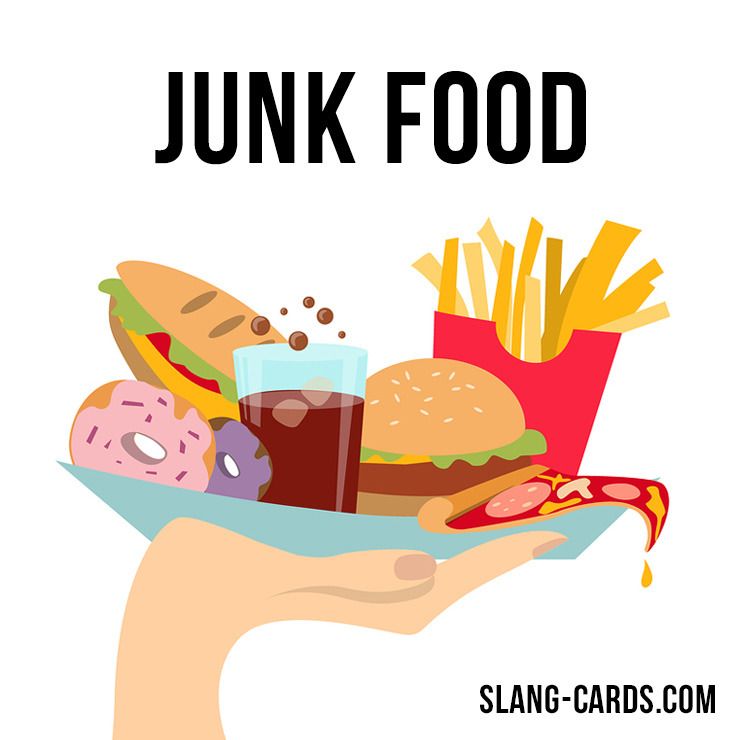 Mmm, Doritos.
Mmm, Doritos.
Carrots and steak fries.
Welcome to your 21st week. Your baby is now the size of a steak fry, but is on his way to becoming the size of a main course.
Spaghetti squash and pint of Ben & Jerry's.
Did someone say main course? What about a pint of Ben & Jerry's? That's how big your baby is in week 22.
Mango and Pop Tarts.
In week 23, your baby is the size of two Pop-Tarts, about 10-12 inches long and listening in on life outside the womb.
Corn and Pringles.
In week 24, your baby is as long as a can of Pringles, but can weigh a pound! So, maybe the size of two Pringles cans.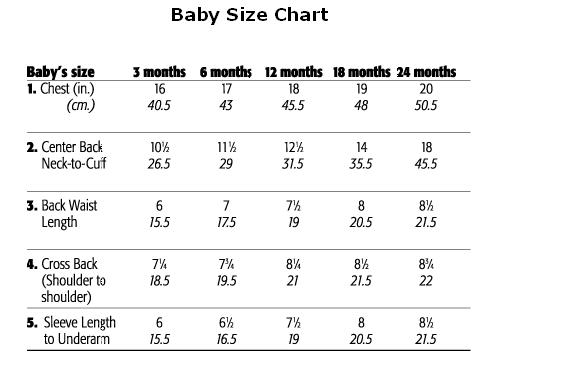 Why not? You're pregnant. Once you pop, you can't stop!
Why not? You're pregnant. Once you pop, you can't stop!
We're going to pause right here to recognize that this week's veggie comparison perfectly encapsulates what is wrong with every list of fruits and veggies that tell you how big your baby is. I'm a fairly intelligent person well-versed in fruit and veggie consumption. And, when someone tells me my baby is the size of a Swede, my first thought is "WUT in the baby-swaddling hell is a Swede?" Turns out it's a rutabaga, whose size I also don't know with perfect accuracy right off the top of my head. So, super-helpful. Also, check out that picture. We couldn't pick a cuter veggie, even? A turnip-like ball of variegated color and random hairs. Sure, if your baby daddy is Ren or Stimpy. Anyway, I can't even.
Red cabbage and popcorn ball.
In the 26th week, your baby is the size of a giant popcorn ball and is practicing breathing air by breathing amniotic fluid after a recent spurt of lung development.
Cauliflower and Big Mac meal.
In week 27, your baby is the size of a Big Mac meal.
Butternut squash and Kraft Mac & Cheese.
In the 28th week, your baby is the size of a whole box of Kraft Mac & Cheese— the original, orange-powder kind, not this less-orange kind they're trying to pass off as equally yummy these days.
Eggplant and Cinnamon bread.
Ladies, you are now hanging out in the third trimester. Home stretch! Your baby is about the size of a delicious home baked loaf of cinnamon swirl bread. Welcome to the wonderful world of kung-fu baby kicks, increased heartburn, sciatica, and all sorts of crowding.
Cabbage and Pizza Hut personal pan pizza.
In the 30th week, your baby is the size of a Pizza Hut personal pan pizza. She may weigh almost 3 lbs, which is incidentally about the same amount of weight you'd gain from a night at the Pizza Hut buffet. But don't quote me on that. I'm not a scientist.
Coconut and bag of Cheetos.
Look, I don't understand the order of these things. How is a coconut bigger than an eggplant or butternut squash? I thought about unilaterally bumping this back to about Week 28, but I'm not a doctor. Maybe they mean a coconut still in a palm tree? Don't those have a husk on them that make them even bigger? Anyway, I'm going with a bag of Cheetos.
Kale leaves and funnel cake.
In the 32nd week, your baby has reached the sweet spot— the size of a funnel cake. The baby may be climbing toward the 2-3-lb mark and with luck has turned into a head-down position getting ready for delivery.
Pineapple and cotton candy.
Before your bundle of joy is born, he's first the size a bundle of sugary cotton candy at 33 weeks. And, much like cotton candy, this kid can grow really fast and will continue to do so until he's born.
Cantaloupe and Apple pie.
It's week 34 and your baby is about the size of an apple pie, pushing 4 lbs., and can hear your conversations.
Honeydew melon and fried chicken.
Seriously, week 35, and your uterus is huge, girl. With good reason—you've got an entire plate of crispy fried chicken in there! Kiddo can weigh over 5 lbs. and may feel like far more.
Romaine lettuce and medium movie popcorn.
Getting both longer and heavier, your 36-week baby is the size of one of those ludicrously sized medium movie popcorns. She's shifting around but running out of room in there. Most of the baby's major systems could be functional if she decided to come early at this point, but most of them like to hang around a bit.
Leeks and Cheetos.
Seriously, leeks? Nope. It's been a while since your baby was a mini bag of crunchy Cheetos. Now, he's an officially full-term giant bag of Cheetos Puffs, weighing 6-8 lbs.
Swiss chard and ribs.
Almost there! Your rack o' ribs is full-term but hanging in there to put a little more meat on his ribs. It's okay to feel a little impatient. These last weeks can be hard on mom as most of her body is devoted to this little one who feels not-so-little these days.
Pumpkin and bundt cake.
Week 39 and your baby is the size of an iced bundt cake and just as perfectly formed! You've been staying healthy and making a whole human. Nice job! The discomfort of carrying this 6-9-lb. bundt cake around is a great way of helping you let go of anxiety for the time when the baby is actually born. You may very well be thinking, "Let's get this labor show on the road!"
Watermelon and three-tier funfetti cake.
You made it! And, what better way to celebrate than a baby the size of a three-tier funfetti cake? You'll soon meet this delicious little person, fall in love, and be exhausted. And, since we're on the subject of food, as pregnant ladies often are, you may be rid of your pregnancy food aversions and cravings post-birth. You'll also have more room to put those yummy foods now that your stomach is no longer residing in your esophagus, and if you happen to be breastfeeding, get ready to enjoy eating ALL OF THEM perhaps more than you ever have before.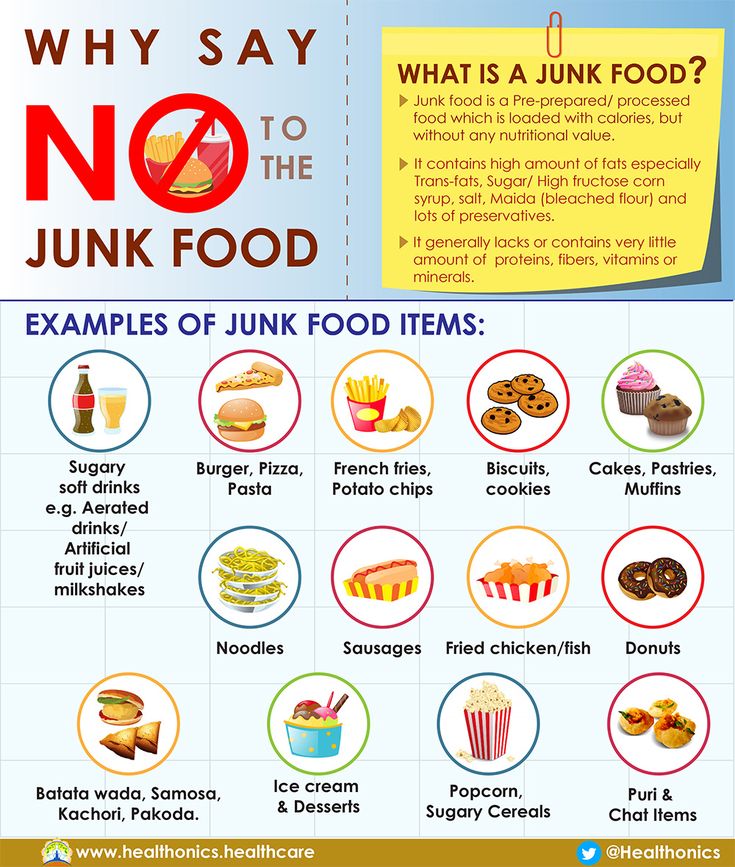 You'll need it!
You'll need it!
*As for me, my baby is about the size of a Kraft Mac & Cheese box (28 weeks) and kicking like crazy. Due in early December, we look forward to the new addition keeping all of us, including big sister, on our toes! If you haven't seen me in a while, this may come as a surprise. Sorry 'bout that. Busy summer! (HASHTAGSORRYSECONDKID) Oh, and my husband knows the gender but I don't. Ha. Little miscommunication in the ultrasound room. No, he hasn't slipped up. No, I haven't bugged him about it. We're weird. You can take it up with him if you'd like, but he won't crack.
10 Comments 5 Likes
Junk Food Kids | Zappos.com
Every shirt should have a story behind it.
Twenty years ago, Junk Food was founded in Los Angeles and has since become an international sensation. Their playful line of vintage-inspired kids’ tees include images from the NFL®, Star Wars®, DC Comics®, The Beatles®, Disney®, Marvel®, Coca-Cola® and many more.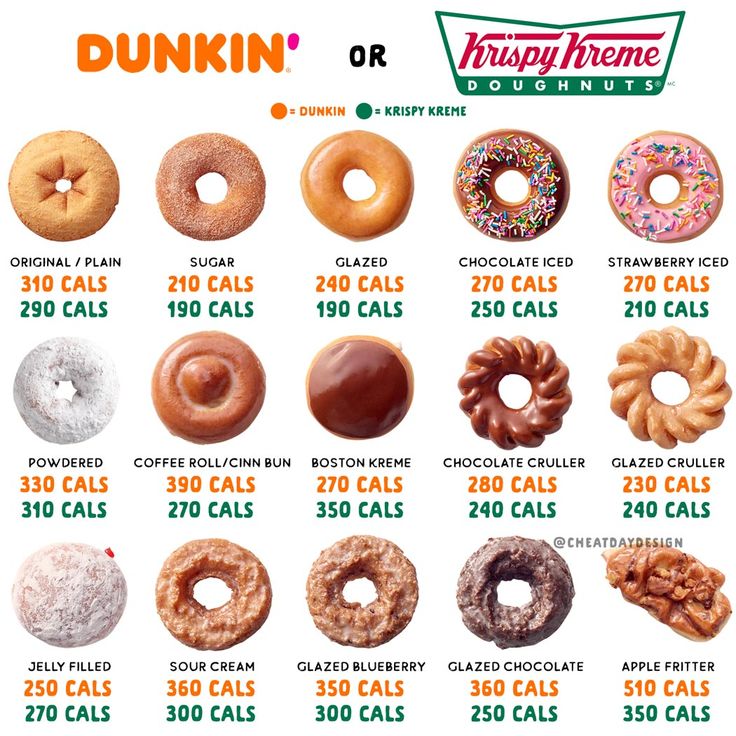 Junk Food stands the test of time by creating quality, timeless garments with signature fabrics, details & washes that feel like they’ve already been in your closet for years, in all the right ways. Timeless, authentic, and ultrasoft, Junk Food's Kids signature line of T-shirts are the perfect addition to your mini-me’s laid-back style.
Junk Food stands the test of time by creating quality, timeless garments with signature fabrics, details & washes that feel like they’ve already been in your closet for years, in all the right ways. Timeless, authentic, and ultrasoft, Junk Food's Kids signature line of T-shirts are the perfect addition to your mini-me’s laid-back style.
Shop by Junk Food Kids category
On Sale
- Clothing
- Shirts & Tops
- T Shirts
- Shirts & Tops
Girls'
- Clothing
- Shirts & Tops
- T Shirts
- Shirts & Tops
Boys'
- Clothing
- Shirts & Tops
- T Shirts
- Shirts & Tops
Collections
- Junk Food Kids
Junk Food Kids: Selected For You
Junk Food Kids
Mickey Mouse Hands T-Shirt (Big Kids)
$24.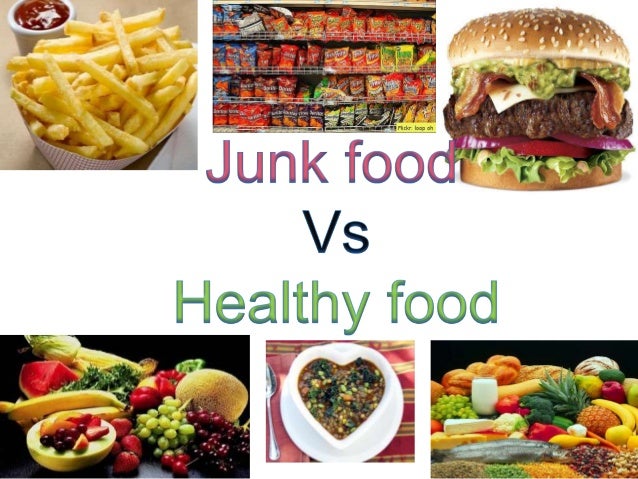 64MSRP: $28.00
64MSRP: $28.00
Junk Food Kids
Disney Princess T-Shirt (Little Kids/Big Kids)
$23.52MSRP: $28.00
Junk Food Kids
Disney Cinderella T-Shirt (Little Kids/Big Kids)
$24.64MSRP: $28.00
Junk Food Kids
Star Wars R2-D2 T-Shirt (Big Kids)
$21.00MSRP: $28.00
Junk Food Kids
Disney Snow White T-Shirt (Little Kids/Big Kids)
$21.00MSRP: $28.00
Junk Food Kids
Mickey Mouse USA T-Shirt (Big Kids)
$21.00MSRP: $28.00
Junk Food Kids
Disney Mickey T-Shirt (Little Kids/Big Kids)
$21.00MSRP: $28.00
Junk Food Kids
Star Wars Character T-Shirt (Big Kids)
$24.64MSRP: $28.00
Junk Food Kids
Disney Aladdin & Jasmine T-Shirt (Little Kids/Big Kids)
$21.00MSRP: $28.00
Junk Food Kids
Darth Vader T-Shirt (Big Kids)
$21.00MSRP: $28.00
Junk Food Kids
Star Wars C-3PO T-Shirt (Big Kids)
$22.96MSRP: $28.00
Junk Food Kids
I'm Free Peanuts T-Shirt (Big Kids)
$21.00MSRP: $28.00
Please enter your email address
Zappos.com respects your privacy. We don't rent or sell your personal information to anyone.
Latest Junk Food Kids Reviews
Star Wars Galaxy T-Shirt (Little Kids/Big Kids)
- Overall4Rated 4 stars out of 5
- Comfort 5Rated 5 stars out of 5
- Style 5Rated 5 stars out of 5
Style is cute, but it ran extremely small.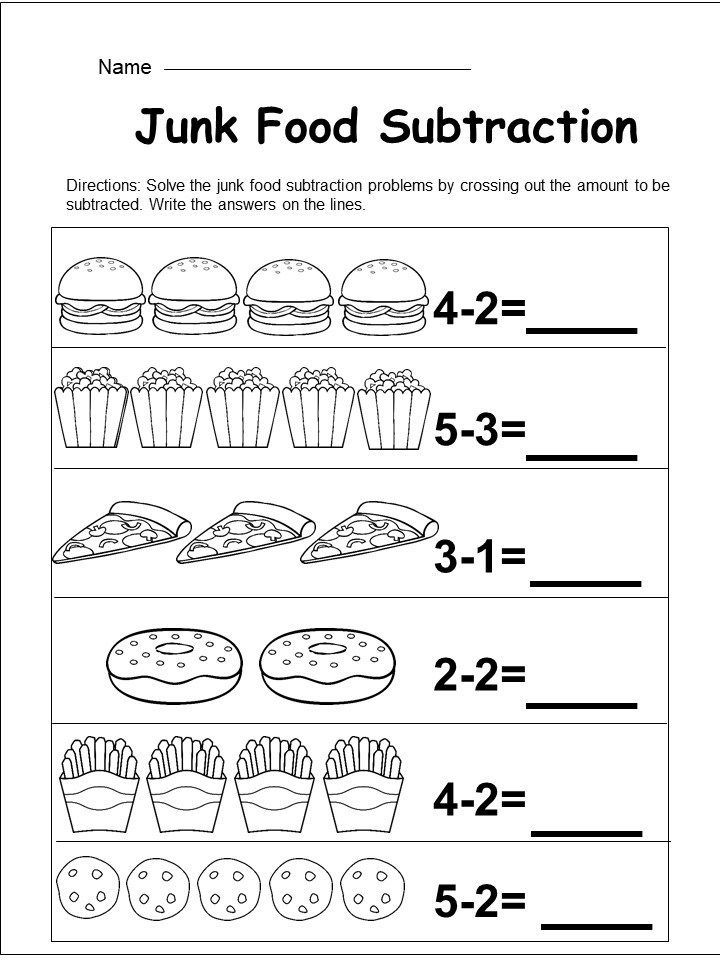 Size up!
Size up!
Zappos Reviewer on October 07, 2022
Disney Princess T-Shirt (Little Kids/Big Kids)
- Overall3Rated 3 stars out of 5
- Comfort 3Rated 3 stars out of 5
- Style 3Rated 3 stars out of 5
This is a very slender cut shirt definitely runs small. The fabric is very soft and the shirt overall is cute but not true to size. I will try sizing up
Lauren from New York on June 05, 2022
Disney Cinderella T-Shirt (Little Kids/Big Kids)
- Overall3Rated 3 stars out of 5
- Comfort 3Rated 3 stars out of 5
- Style 3Rated 3 stars out of 5
This is a very slender cut shirt definitely runs small. The fabric is very soft and the shirt overall is cute but not true to size. I will try sizing up…
Lauren from New York on June 05, 2022
Disney Mickey T-Shirt (Little Kids/Big Kids)
- Overall5Rated 5 stars out of 5
- Comfort 5Rated 5 stars out of 5
- Style 5Rated 5 stars out of 5
Fun shirt!
Zappos Reviewer on April 16, 2022
Review for Zappos Rewards Points
(What's this?)
I'm Free Peanuts T-Shirt (Big Kids)
- Overall3Rated 3 stars out of 5
- Comfort 5Rated 5 stars out of 5
- Style 3Rated 3 stars out of 5
The fit was too big and very boxy. This would be good for heavier kids. I should also note that this tshirt has an orange tinge to the yellow. I got the medium, 10 to 12, which works well in brands like Tea, Boden, and Gap, and for a thin 8 year old, he was just swimming in it width wise. Otherwise, this is a nice solid weight, 100 percent cotton shirt. The picture is printed, not vinyl.
Texas on May 19, 2021
Review for Zappos Rewards Points
(What's this?)
Food we lost.
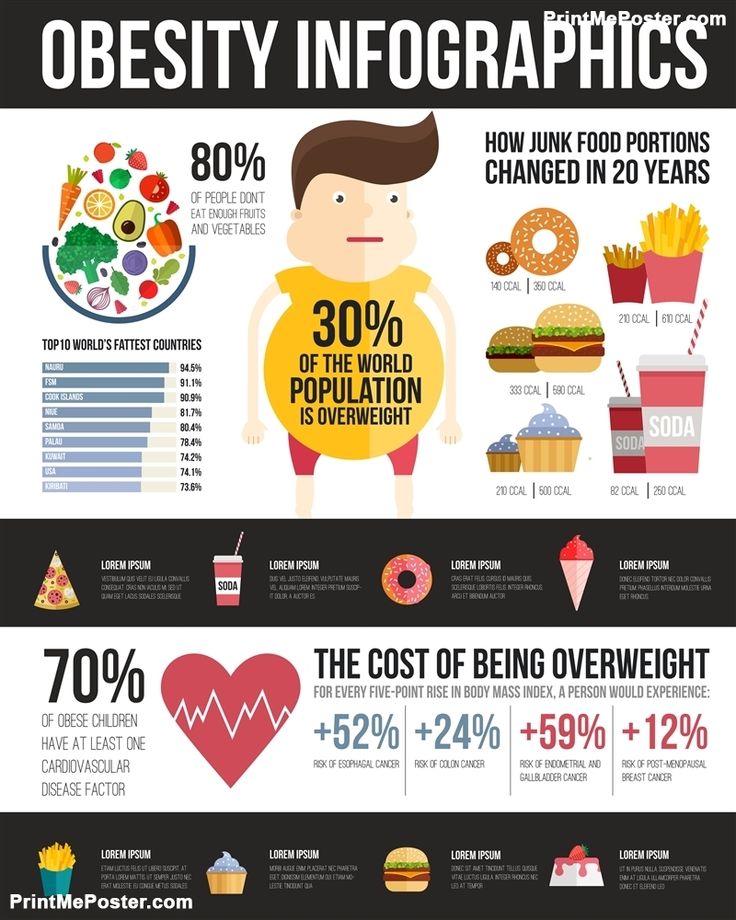 How our food has changed over the century — Snob
How our food has changed over the century — Snob In just a hundred years, vegetables and fruits have become less useful by a third. What else has happened to our food?
Photo: The York Project/Wikimedia CommonsAt the beginning of the twentieth century, men consumed from 4 to 5 thousand calories daily, and women - from 3 to 3.5 thousand. At the same time, the British had a figure that modern fitness trainers and nutritionists would call a reference. Researchers have linked this to changes in the quality of food we consume. What else has changed in our food over the past century?
Vegetables and fruits
In 2004, researchers at the University of Texas compared a nutritional table of forty-three vegetables and fruits from 1950 and 1999. It turned out that over half a century, the content of protein, calcium, phosphorus, riboflavin (vitamin B2) and vitamin C decreased by a third, and iron - by 37%. Study lead author Donald Davies attributes this to the fact that farmers have begun to pay more attention to fruit size, growth rate and pest resistance than nutrition.
Even more impressive findings were made by scientists at the Kushi Institute in Massachusetts, who conducted a study in conjunction with the British Food Journal. They figured out that you need to eat eight oranges today to get the same amount of vitamin A that our grandparents would have gotten from one. Soil depletion is to blame. However, not everything is so sad. “Just because fruits and vegetables are less nutritious doesn’t mean they should be avoided altogether,” says Donald Davis. “They still remain the most important source of vitamins for us.”
In Russia, the use of hormones in industrial animal husbandry is officially prohibited. However, you can never be completely sure what is on the supermarket shelves.
Meat and fish
Poultry Science found that in 2005 the average chicken weighed four times the weight of its 1957 ancestors. The reason was immediately associated with the use of growth hormones. However, American farmers actively deny this, citing the fact that over the past half century they have simply become much better at understanding what kind of food and living conditions are suitable for these birds. Moreover, they recall that growth hormones were banned in the poultry industry immediately after several experiments in the mid-50s.
Moreover, they recall that growth hormones were banned in the poultry industry immediately after several experiments in the mid-50s.
However, five hormonal stimulants are allowed to be used in American cow rearing, including the female sex hormone estradiol, male testosterone, and the hormone progesterone. In addition, animals receive antibiotics to prevent the spread of diseases, and genetically modified foods can be found in feed.
The same situation with fish: farm-raised salmon is forced to consume antibiotics to prevent diseases. True, in Norway the use of such drugs is minimized. What can not be said about Chile, which supplies salmon to Russia after the imposition of sanctions. It is there, according to the World Wildlife Fund, that fish receive the largest amount of antibiotics in the world.
In Russia, the use of hormones in industrial animal husbandry is officially prohibited. However, as with fruits and vegetables, you can never be completely sure what is on the supermarket shelves.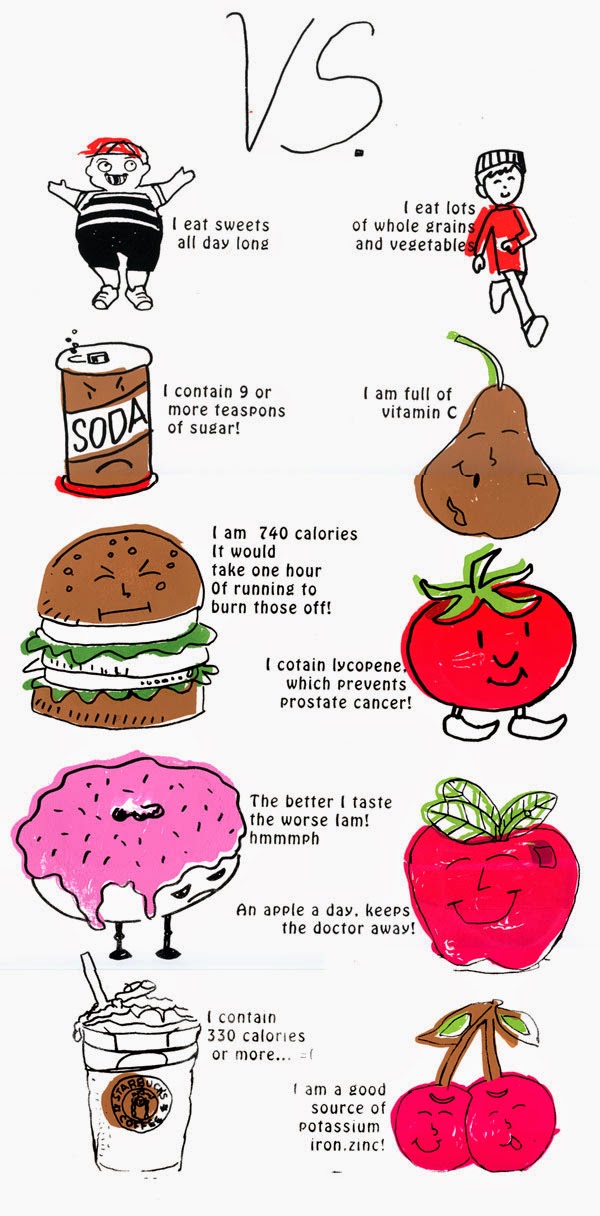
Now in America, fast food takes up 30% of children's diet, and people 19-39 years old began to visit fast food eateries twice as often as it was in the 70s
Fast food
The most junk food has changed our eating habits and waist size like nothing else. At 19In 1948, the McDonald brothers opened their first restaurant in the United States, becoming the founders of the largest fast food chain in the world. Thirty years later, the US government will notice a dangerous trend: more and more people in the country prefer high-calorie snacks to full meals. New York University researcher Ashima Kant has calculated that fast food now accounts for 30% of children's diets in America, and people 19-39 years old are visiting fast food restaurants twice as often as they were in the 70s. Moreover, due to the ubiquitous dominance of fast food, Americans spend more on fast food than on higher education, computers and cars combined. In Russia, the statistics are slightly better: every fifth person eats fast food from time to time.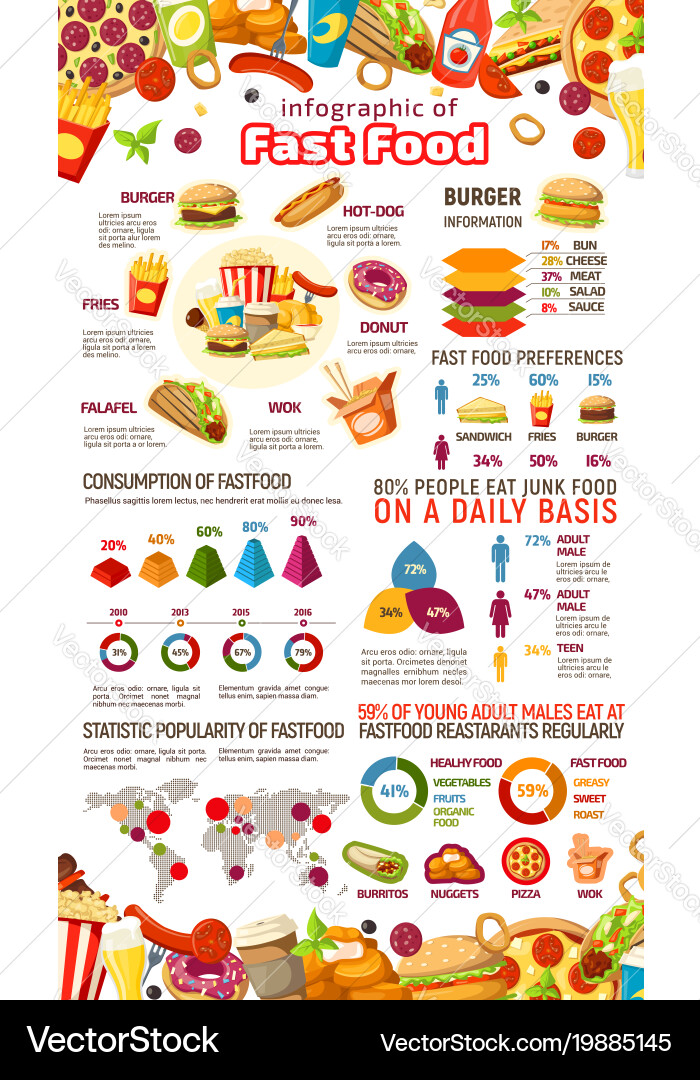 But things can still change, because fast food appeared in Russia only a quarter of a century ago.
But things can still change, because fast food appeared in Russia only a quarter of a century ago.
Feeding a 10-year-old child
Currently, schoolchildren's meals consist of continuous snacks on the run between lessons, sections and circles. The reasons for this are improperly organized nutrition, a reasonable attitude of children to food intake and, in general, to a healthy lifestyle not laid down in the family. Unlike an adult organism, a child’s body begins to react faster to a lack of useful substances and an excess of unnecessary ones, which has extremely negative consequences. The nutrition of a ten-year-old child should be strictly regulated to ensure the full development of a growing organism, the normal functioning of the nervous and endocrine systems, the prevention of eye diseases and the development of anemia, and also to form a normal social and physiological adaptation. Only in this case the child will be healthy, enduring and less tired.
Contents
- Recommendations for proper nutrition at 10 years old
- Daily requirement for vitamins for a child at 10 years old:
- Diet
- What foods to avoid
- Sample menu for a 90 year old child with overweight 90 weight and obesity
- Diet rules:
- Exclude:
- Calorie table of products
- See also:
Recommendations for proper nutrition at 10 years old
For the normal functioning of the nervous system and especially the brain, unsaturated fatty acids and vitamins A, D and E must be supplied with food, they contain unrefined linseed, sunflower, olive oils, fish oil.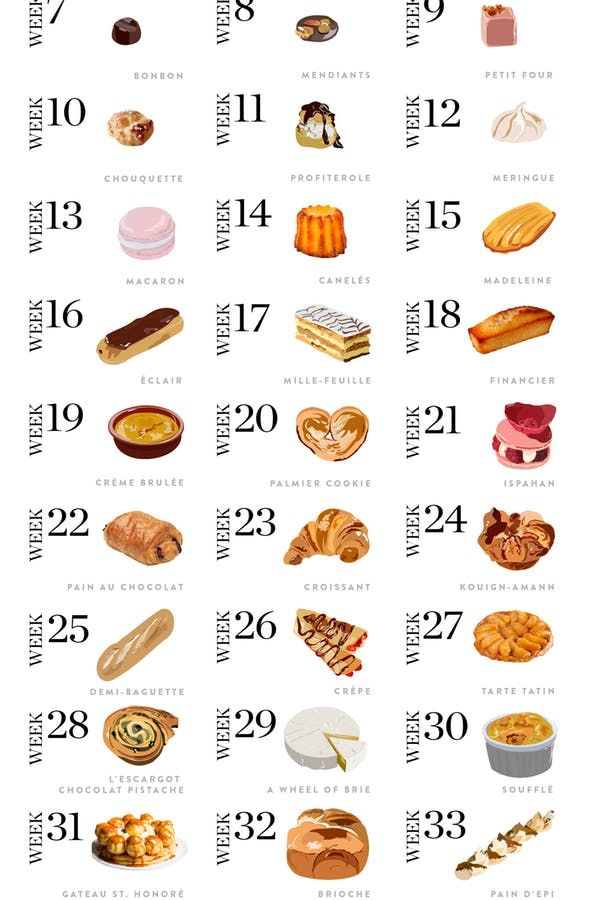 It is enough to add daily 1-2 tbsp. l. mixtures of these oils in salads or vegetable stews.
It is enough to add daily 1-2 tbsp. l. mixtures of these oils in salads or vegetable stews.
Vegetable food is obligatory. In order for the body to receive a complete set of all vitamins, you need to eat at least 4 medium-sized fruits (apples, pears, oranges, peaches, etc.) and 300-400 grams of any vegetables.
Greens, spices, spices, legumes, seeds and nuts, loose leaf and herbal teas should be included in the diet. You need to cook salads, vegetable soups, vegetable cuts, side dishes of stewed vegetables.
Very useful for a growing body of porridge: buckwheat, oatmeal, pearl barley, millet, which can be used every day as a side dish or as an independent dish, adding butter and dried fruits to them. It is recommended to consume cereals up to 50 g per day. But there is little benefit in pasta, it is advisable to eat no more than 20 g per day.
Eggs are an important and irreplaceable product for children. You can give them to a ten-year-old child every day, 1 pc.
A child should eat meat every day, as it is a pure protein of animal origin, which ensures full growth, good brain and immune system function. It is better to eat meat in the morning, beef, poultry and rabbit are suitable. The volume per day is at least 150 g. The requirements for animal protein are higher in children involved in sports and in boys compared to girls.
Fish (150-200 g) should be given instead of meat for lunch 1–2 times a week. Marine fish contain more iodine than river fish.
Milk and milk products should be taken by the child every day. The volume of milk or kefir can be brought up to ½ liter per day, cottage cheese - 100 g, cheese - 10 g. You should pay attention to the shelf life (it should not exceed 2 weeks) and the content of additives and preservatives (they put an additional burden on the kidneys and liver, make them work harder). In a word, the simpler and more natural the product, the safer and more beneficial it is for the child's body.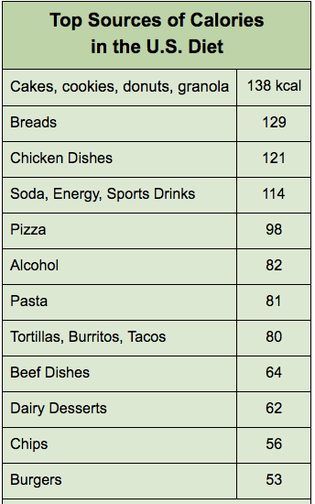
Daily vitamin requirement for a 10-year-old child:
- A – 1.5 mg;
- B1 - 1.4 mg;
- B2 - 1.9 mg;
- B6 - 1.7 mg;
- PP - 15 mg;
- C - 50 mg.
Diet
A full breakfast will give you strength and energy for the whole day.
A 10-year-old child should receive an average of 2300 kcal per day with food.
Proteins, fats and carbohydrates in the ratio 1:1:5, namely: 80 g of proteins (50% animal origin), 80 g of fats (20% of animal origin) and 350 g of carbohydrates.
Food should be ingested in 4-4.5 hours.
The child should receive hot meals at least 3 times a day.
A child should eat 25% of the daily norm with breakfast, 30–35% with lunch, 15% with afternoon tea, and no more than 25% with dinner.
A hearty and complete breakfast is a must! It has been scientifically proven that children who have a hearty breakfast every day are more intellectually developed, they have a better memory and they do not suffer from overweight, but in children who are hungry in the morning, they begin to overeat during lunch and dinner, metabolic processes are disturbed in the body and energy goes to the formation of adipose tissue.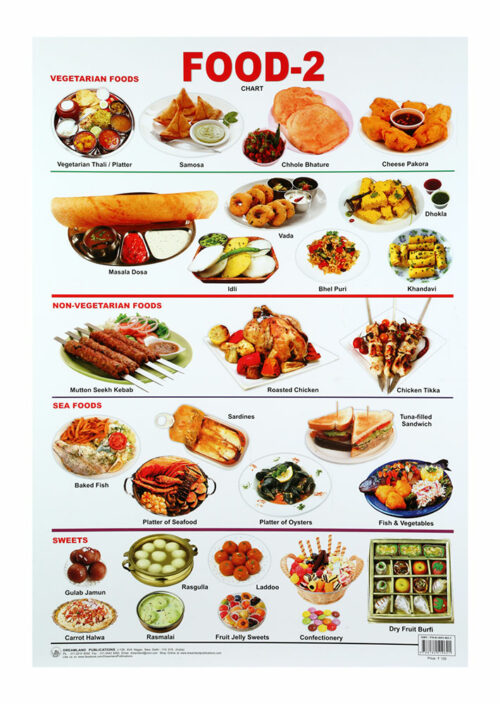 Also, children who have a hearty breakfast are less likely to suffer from colds.
Also, children who have a hearty breakfast are less likely to suffer from colds.
Good breakfast foods are cereals, boiled eggs and scrambled eggs, dairy products and fruits.
The next meal should take place before 12 noon, the so-called second breakfast. It is important to explain to the child that during the lessons the brain is actively working and needs an additional amount of energy. It can be fruit, vegetable salad or curd cheese.
During the period from 12:30 to 13:30, the digestive organs are actively working and food is absorbed better, this time is the most suitable for lunch. Everything that enters the stomach will be well absorbed and satisfy the body in the accumulated needs. Lunch should consist of the first, second and third, but in no case from buns, cakes, sandwiches, chips, instant noodles.
Between lunch and dinner, the child should have an afternoon snack. It can be some kind of vegetable side dish or a dish of cottage cheese, scrambled eggs or just fruits and berries.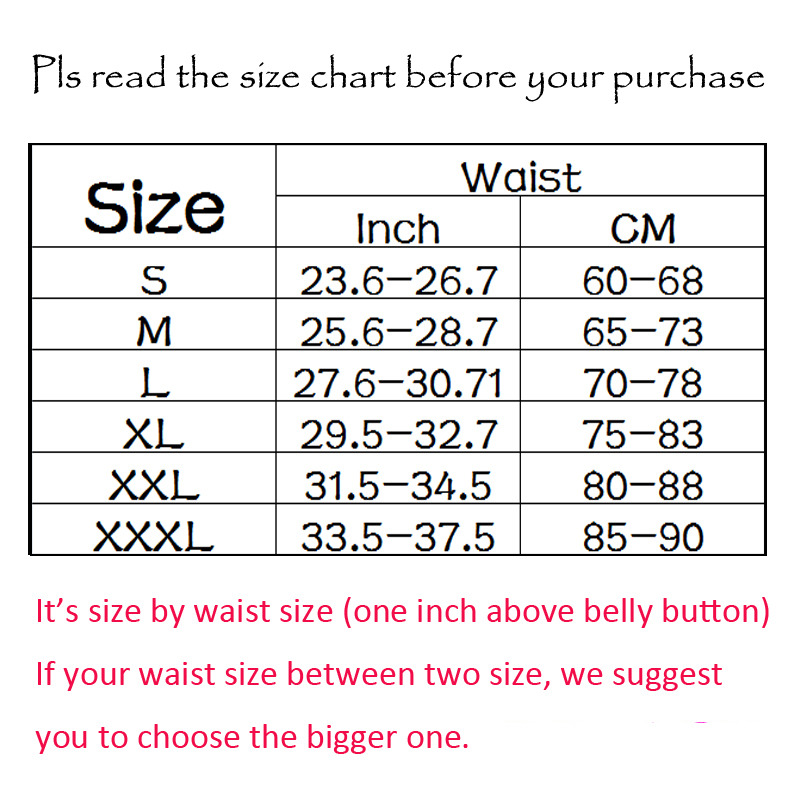
Not later than 19:00, approximately 2 hours before bedtime, it is best to offer a child dinner (cottage cheese, fish, eggs, vegetables, porridge, milk, kefir, curdled milk).
There is one rule in eating: eat slowly, chewing each bite. It is best not to have conversations over food, especially educational ones. Any negativity or quarrel inhibits the secretion of digestive juices and food will be absorbed worse. It is advisable to eat at the same time, if this is not possible, teach your child to carry a snack prepared at home in a backpack (fresh fruits or dried fruits, cheese or cottage cheese, it's just great if it is a side dish with a cutlet in a container or a wide-mouth thermos, intended for solid food).
Foods to avoid
Unhealthy food harms the stomach, liver, kidneys, leads to hypovitaminosis and increases the risk of developing diabetes. It is necessary to completely exclude from the children's diet the so-called instant food (chips, crackers, noodles from packages).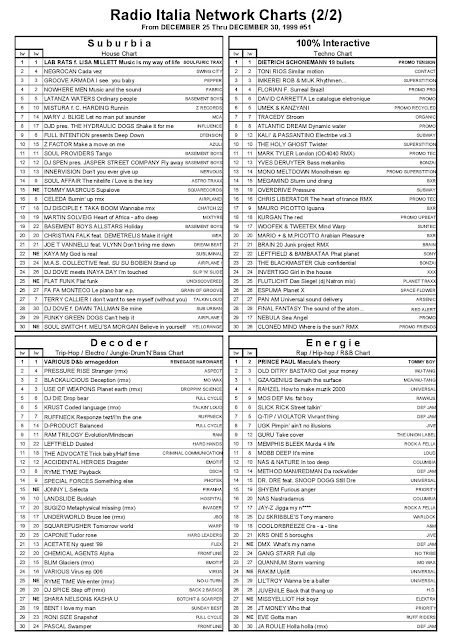 In their composition, they have a lot of salt, flavor enhancers and preservatives, in turn, the kidneys and liver, trying to rid the body of these harmful substances, get a big load, which can subsequently lead to serious diseases. Therefore, the child should explain what harm they bring to the body, and not just scold and forbid them to eat.
In their composition, they have a lot of salt, flavor enhancers and preservatives, in turn, the kidneys and liver, trying to rid the body of these harmful substances, get a big load, which can subsequently lead to serious diseases. Therefore, the child should explain what harm they bring to the body, and not just scold and forbid them to eat.
It is undesirable to frequently give children sandwiches, pies, buns, hot dogs and hamburgers, french fries, cereals, sticks and shaped corn products.
- First, these foods strongly affect the pancreas, leading to fluctuations in blood sugar levels.
- Secondly, they affect the nervous system. It has been proven that the more schoolchildren consume such products, the worse they tolerate stress and more often suffer from depression.
- Thirdly, it leads to the rapid deposition of extra pounds, which overload the work of the heart and kidneys, increase the risk of developing diabetes.
There is also evidence that, after heat treatment, starch releases substances that contribute to the development of cancer, and substances are obtained from fats that have an effect similar to the mechanism of drug addiction.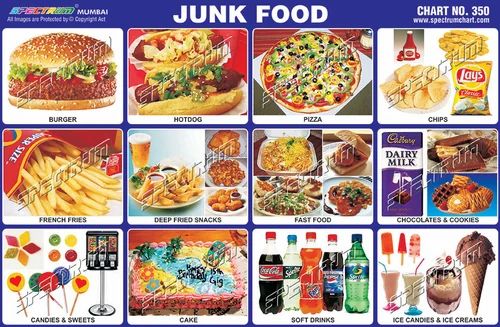
These products are poor in vitamins and minerals, and yet only 10% of children of this age have a complete supply of vitamins. The same number of children suffer from beriberi, a third of children have a deficiency of one or two vitamins. External symptoms of vitamin deficiency are easy to detect: bleeding gums, cracked lips, dry and flaky skin. With a lack of calcium, disturbances occur in the bone and muscle systems, which can contribute to the development of scoliosis, osteoporosis, and the bones become brittle. Iron deficiency leads to anemia, iodine deficiency leads to a decrease in intelligence and thyroid diseases. Therefore, it is necessary to control the nutrition of children very strictly.
Interesting to know! Regular consumption of high-carbohydrate foods increases the risk of developing alcoholism. Scientists conducted a study with rats that sat on a carbohydrate "school" diet with a poor content of vitamins and minerals. As a result, it turned out that such nutrition contributed to the development of alcoholism in rats, and when transferred to a rational full-fledged diet, the need for alcohol in rats decreased by 50%.

Sample menu for a 10 year old student
- 1 option:
Breakfast: 100 g scrambled eggs / 200 g cereal porridge, 50 g bread and 240 ml tea with milk and sugar.
Second breakfast: beetroot salad with green peas 100 g/carrot salad with cheese 100 g.
Snack: kefir or milk 200 ml/any fruit.
Dinner: stewed vegetables 200 g / cottage cheese casserole 180 g, boiled chicken 100 g, berry jelly 240 ml.
- Option 2:
Breakfast: porridge 200 g/cottage cheese 100 g with sugar 5–10 g, milk 200 ml.
Second breakfast: fresh cucumbers or tomatoes 200 g.
Lunch: soup with meatballs 200 ml, potato/flour pancakes 200 g with sour cream 20 g, fruit juice 200 ml and biscuits 50 g.
Snack: baked apple 1 piece ./kefir 200 ml.
Dinner: vegetable salad 200 g, fish 100 g, compote 240 ml.
- 3rd option:
Breakfast: low-fat cottage cheese 100 g, milk/apple compote 200 ml.
Second breakfast: any fruit/vegetable salad 200 g. cheese with dried fruit / fruit.
Dinner: beet salad with sour cream and eggs 200 g, vegetable juice 200 ml.
You can also offer a glass of kefir or yogurt before going to bed.
Diet for overweight and obese children 10 years old
Note! Overweight in the post-Soviet space affects about a third of the population, half of them are under 18 years old. Over the past twenty years, obesity has doubled in children aged 6 to 11. According to the WHO (World Health Organization), 155 million school-age children are obese on the planet. In Europe, 10–30% of schoolchildren aged 6–11 years are overweight. And in the United States and Australia, the incidence of obesity in preschool children has increased by 70% over the past 10 years, moreover, more among boys. By the way, obesity in boys develops 1.5 times more often than in girls, and in urban children 2 times more often than in rural ones.
The consequences of obesity are extremely unpleasant, and this is a reason to think before it's too late: most often children who were obese in childhood are overweight in adulthood.
Diet rules:
- The diet should be fractional (up to 6 times a day) so that the body does not have time to get hungry.
- The total calorie content should be 80% of the age value, i.e. no more than 1700 kcal.
- The bulk of the meal should be before 2:00 pm;
- Dinner no later than 19:00.
- Teach your child to eat slowly, little by little.
- Limit the child's fluid intake to no more than 1.6 liters per day (including soups, cereals and fresh fruits and vegetables).
- Give preference to dairy products (cottage cheese, kefir, yogurt and sour cream), preferably fat-free, fatty and sweet dairy products should be discarded.
- There is more fiber.
- First wean the child from overeating and only then gradually switch to a diet over 1.5–2 weeks.
- One should not practice a starvation diet so as not to starve the young brain.
- And of course, control physical activity: sit at the computer and TV for no more than 2 hours a day.
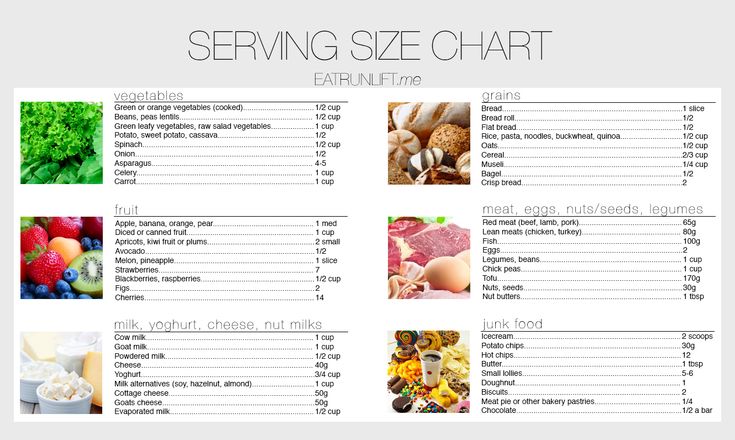
Delete:
- Confectionery and sweets other than honey.
- Easily digestible carbohydrates and compensate for them with animal proteins (milk, cottage cheese, eggs and meat).
- Restriction of fatty foods, it is better to use butter from fats.
- Fried, salted and smoked.
- Semolina and oatmeal not more than once a week.
- Avoid pasta.
- Replace dried fruits and bananas with unsweetened apples and pears.
- Fatty meats.
- Sweet drinks, especially carbonated drinks like Fanta and Coca-Cola.
- Reduce your daily intake of sugar and baked goods by 50%.
But you can expand the diet by: 250–300 g of vegetable soups, 150 g of meat (poultry, beef) or 150 g of fish or seafood, 200 g of fat-free cottage cheese, milk (kefir, curdled milk) up to ½ l daily, cheese 50 g, 1-2 eggs (3 times a week), buckwheat and barley porridge.
But vegetables can be eaten in large quantities.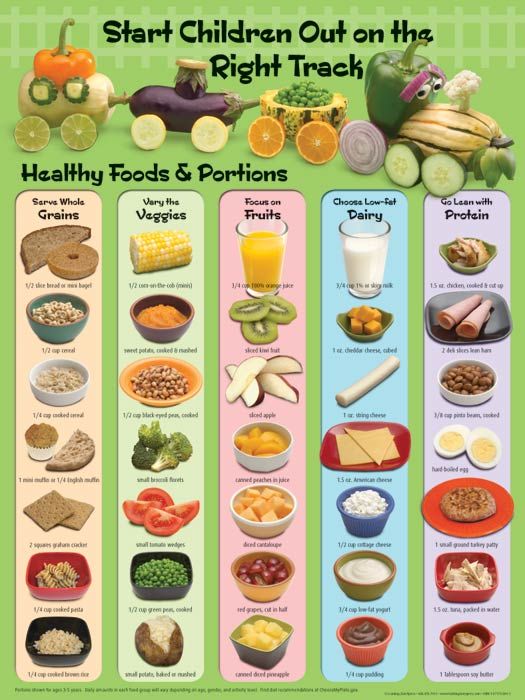 The menu recommends all types of cabbage (150 g), radishes, fresh cucumbers and tomatoes, lettuce, zucchini and pumpkin (vegetables, except cabbage, up to 400 g), however, no more than 250 g of potatoes per day, and a maximum of 1 per week kg. Fruits should be eaten unsweetened and up to 450 g per day. Sugar - 10 g.
The menu recommends all types of cabbage (150 g), radishes, fresh cucumbers and tomatoes, lettuce, zucchini and pumpkin (vegetables, except cabbage, up to 400 g), however, no more than 250 g of potatoes per day, and a maximum of 1 per week kg. Fruits should be eaten unsweetened and up to 450 g per day. Sugar - 10 g.
In addition to the diet should be accompanied by daily physical activity, jogging and walking in the fresh air. It is recommended to reduce body weight by ½ kg per month and no more than 7 kg per year.
Food calorie table
You can see its full text here.
Teach your kids from childhood to proper food and healthy eating habits, try to always have something cooked for them at home so that the children can warm up the dinner themselves. Encourage them to bring food to school or other activities in a container, encourage them not to forego school meals. Proper nutrition and a reasonable diet laid down by your joint efforts will become the basis of health for your children.

